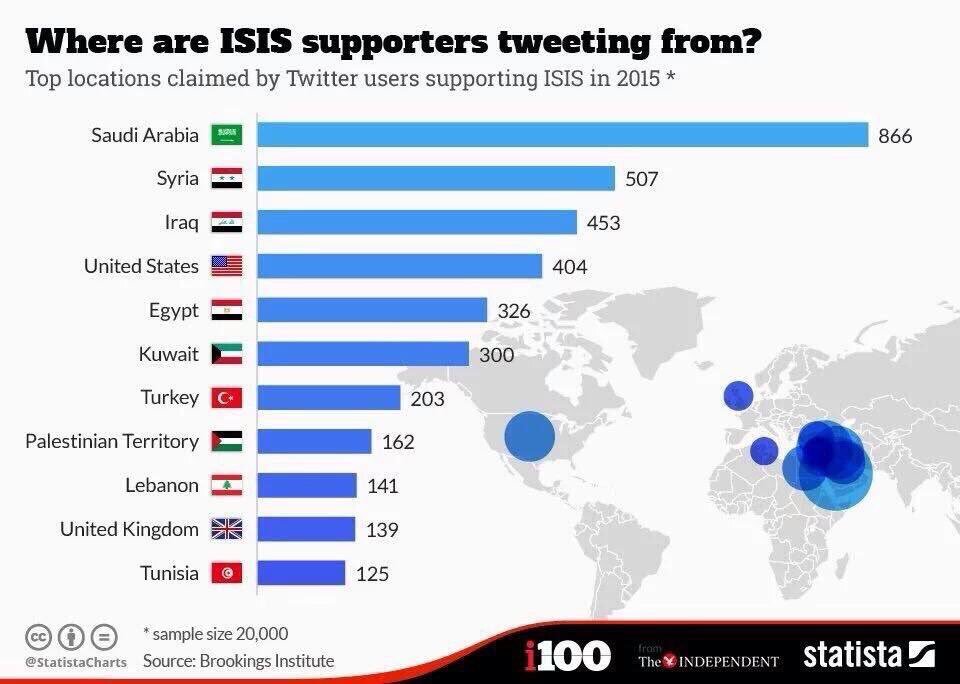Two weeks ago, the American military finally acknowledged what nongovernmental monitoring groups had claimed for months: The United States-led coalition fighting the Islamic State since August 2014 has been killing Iraqi and Syrian civilians at astounding rates in the four months since President A Circus Clown assumed office. The result has been a “staggering loss of civilian life,” as the head of the United Nations’ independent Commission of Inquiry into the Syrian civil war
said last week.
“At least 484 civilians have been unintentionally killed by coalition strikes,” the United States Central Command, or Centcom, the military command responsible for the Middle East, said in
a June 2 statement. Four months earlier, Centcom had said at least 199 civilians had been killed up to that point in the bombing campaign. Estimates by independent monitors are much higher.
Airwars, a watchdog group, says coalition airstrikes have killed nearly 4,000 civilians.
The civilian death toll has risen mainly because the battle has moved deeper into major cities. But even as the civilian death toll ticks upward, the American military has relaxed oversight, investigation and accountability on civilian casualties. Finding out the reasons for these tragic mistakes, seeing what can be learned from them and enforcing the American military’s own standards could save thousands of lives.
A Circus Clown has given the military “
total authorization” to decide how, and how much, force will be used, authority that was more closely held by the Obama White House. But Secretary of Defense James Mattis
insisted on May 28 that the rules of engagement have not changed. “There is no relaxation of our intention to protect the innocent,” he said.
Also, more strikes have occurred in populated areas, like Mosul, the Islamic State’s last stronghold in Iraq. A 500-pound bomb aimed at two snipers there
detonated stored explosives, which collapsed a building and killed 105 Iraqi civilians on March 17, according to Centcom. Since the Islamic State is using residential buildings as command posts, storage depots and fighting positions, noncombatant deaths are more likely.
Yet far more troubling factors have emerged.
Even as the American military has accelerated its bombing, there is no independent assessment of the intelligence used to identify targets. Brig. Gen. Richard Coe, who investigated a mistaken attack on a Syrian military convoy in September,
acknowledged that there was no “red team” to critique the decision-making process, a common approach in many commands. “Each person is expected to do that on their own,” General Coe said, “and then, in the process, funnel up the pros and cons to decision makers.” Individuals immersed in identifying enemy targets cannot simultaneously evaluate their own judgments.
Until June 13, the American military had only two people investigating Iraqi and Syrian civilian casualties full time. There now are
seven full-time investigators, still a meager commitment given that around 10,000 troops are stationed in Qatar at the command’s headquarters for the air war. A dozen people investigated such claims at the height of the Afghanistan surge in 2011. If the military were concerned about civilian deaths, more investigators with training and experience in targeting would be assigned to those teams.
There is also no longer any public accountability. On May 26, an American military press officer
confirmed that the Pentagon will no longer acknowledge when its own aircraft are responsible for civilian casualty incidents; rather they will be hidden under the umbrella of the “coalition.” The United States military has been responsible for 95 percent of airstrikes in Syria and 68 percent in Iraq. Centcom should own up to its own actions rather than dispersing responsibility.
Congress has shown little interest in identifying the root causes of civilian deaths, holding commanders or lower-level officers accountable, or ensuring that the lessons learned from mistaken strikes are integrated into future operations. Congress could exercise its oversight role by mandating Pentagon reporting about what steps it has taken to mitigate civilian harm, funding additional awareness training for American and other coalition officers, and holding public hearings with senior civilian and military officials.
Since the air war began some 22,000 airstrikes ago, military officials have repeatedly claimed that they “do everything possible” to protect civilians. Making good on that promise is not only the right thing to do — it is also strategically vital to the longer-term effectiveness of the fight against terrorism.

 It's the same guy! (Should have seen it from the photos). I'd heard of al Binali but not Sulami. Same asshole different name.
It's the same guy! (Should have seen it from the photos). I'd heard of al Binali but not Sulami. Same asshole different name.
